Trail etiquette isn’t quite as rigid as 19th-century society, luckily for us. There are no calling cards to fold just so, no rules about crossing ballrooms unescorted and no hysteria at exposed ankles (although, come on man, get some decent running socks).
That said, trail running does have its own unwritten code of conduct, and while it's a little looser than a Regency-era dinner party, it still matters.
The trail is, after all, a shared space, and nothing ruins a beautiful woodland jog like some unrefined miscreant barrelling into your personal space, or a mystery poo bag dangling from a hawthorn bush.
If you’ve ever been caught mid-descent in a stand-off with an uphill runner, or scared the living hell out of a dog walker by silently shooting past them at full speed, then congratulations: you already know trail etiquette is a thing – and you’ve failed to uphold it. Idiot.
But fear not, I’m here now. Come, sit and listen while I put you through a crash course on the dos and don’ts of trail running.
As a seasoned woodland and mountain runner who’s stepped over his fair share of unsavoury guff and been hassled by one too many greyhounds, I hold each item on this list as sacred and important. Listen carefully – there may be one or two items that you didn’t even know existed.
1. We’re all in this together!

Be a nice person for goodness’ sake. Are you a loser? No? Good, let's keep it that way. The trail – and the outdoors in general – is a friendly place, for friendly people. Give a nod to any runners you pass, even a slight wave if you fancy it. Totally ignoring other people makes you look like a psycho, or worse, a road runner.
You don’t have to stop for a full-blown chat about elevation gain and isotonic energy gels, but a quick greeting or even a huff of mutual suffering helps maintain the unspoken code of trail camaraderie. Especially when the weather’s grim, a shared grunt of acknowledgement can lift the spirits more than any sports gel ever could.
2. Leave no trace
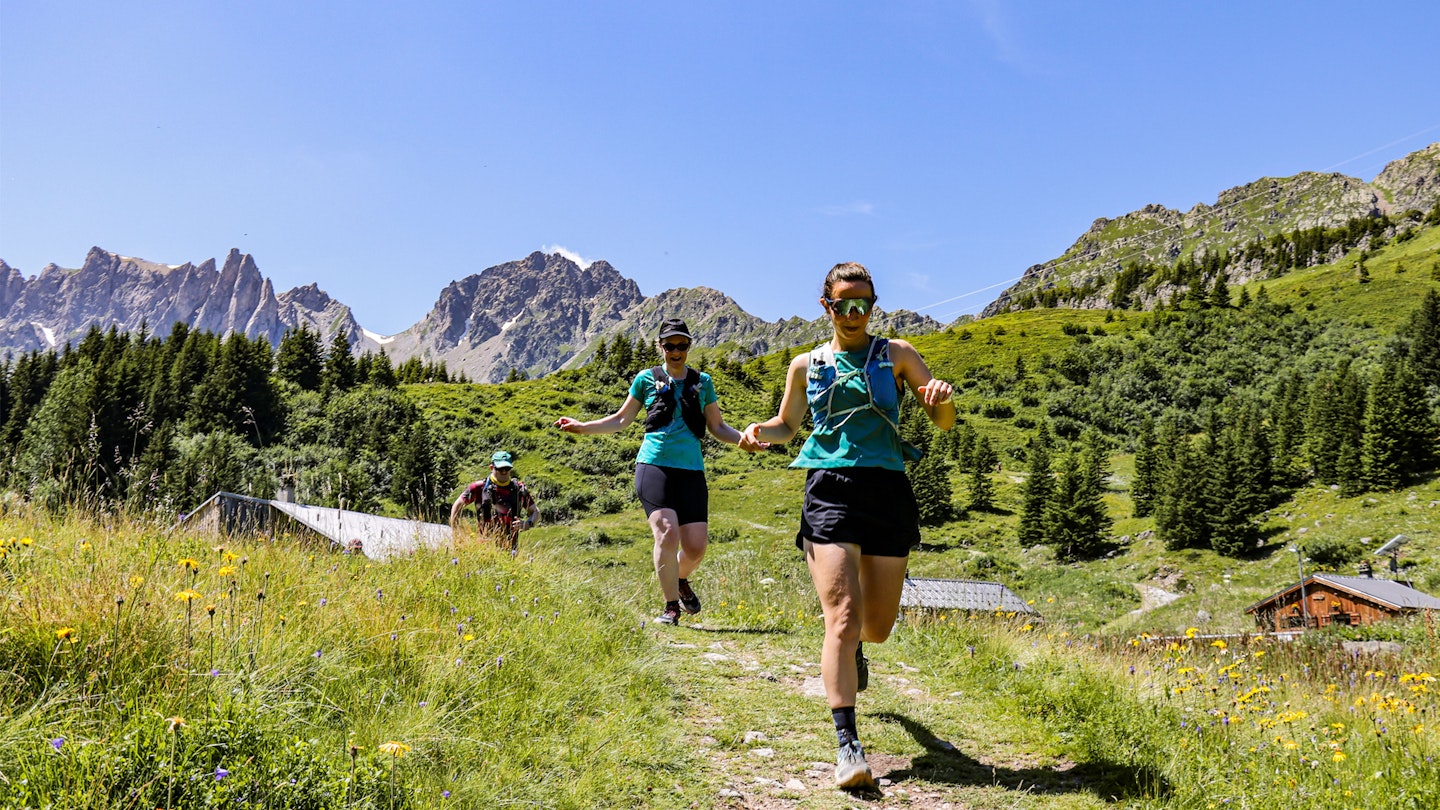
This is the tip that we'll write in any guide to anything at all in the outdoors. Do not, under any circumstances, leave any litter in your path.
Nobody wants to see a discarded energy gel or the husk of a cheapy plastic bottle of water that you jacked from a Greggs after mile two when you realised you forgot to fill your hydration pack.
Anything with packaging needs to stay with you – and if you're bringing a furry friend along for the ride, then whatever it tries to leave behind is coming with you too.
Even if it’s “just a bit of orange peel” or a biodegradable something-or-other, it doesn’t belong on the trail. If you brought it in, you can jolly well carry it out – yes, even if it’s sticky. Get some sandwich bags. Nature isn’t a bin.
3. Headphones could be deadphones

Running with music or a podcast is certainly great — I personally love it — and obviously, you should NEVER play your audio entertainment out loud on the trail.
Headphones, please – but be advised. Keep the volume low enough that you can remain aware of your surroundings and hear any cars or calls out from fellow runners trying to get your attention. You can invest in special running headphones, including bone-conducting ones, that let your ears stay clear.
The trails can be full of surprises – mountain bikers, wildlife, boggy death traps – so it’s best not to tune them all out completely.
Remember: if someone has to shout “excuse me!” three times and then physically tap your shoulder before you notice, your playlist is too loud. Or you’ve entered a fugue state. Either way, not ideal.
4. Don’t sneak up on people, you freak

What the hell are you doing sprinting up behind two older women without making a single damn sound? Please, for everything that is holy, give a little "ayup" or a whistle or yodel to indicate your presence if you happen to be approaching some unaware trail-goers from behind. This goes doubly when it’s dark.
I'm aware that, under pressure, it can be tough to come up with something normal to say. Don't panic, a friendly "coming up behind you!" is plenty. It prevents unnecessary jump scares, keeps the atmosphere friendly and reassures people that yes, that crunching sound in the undergrowth was indeed another runner and not a goblin. Don't scare people.
5. Learn the golden rules of uphill vs downhill

Generally speaking, uphill runners have the right of way because it’s harder to get momentum going again when you’re climbing.
That said, sometimes an uphill runner will be forced to stop and dive into a nearby bush because somebody is sending it full-tilt down a single-track hill trail and they’ve built up too much acceleration to possibly stop in time.
Don’t be this guy – or, if you want to be, because I admit that it is actually loads of fun, just check to make sure the coast is clear.
The rule of thumb is: be adaptable and don’t be entitled. If someone clearly needs the path more than you do – because they’re wheezing their way up a vertical mud chute or they’ve built up the speed of an avalanche – do the sensible thing.
Trail etiquette isn’t about hard-and-fast rules, it’s about reading the room. Or, in this case, the hill.
6. Learn the golden rules of north vs south
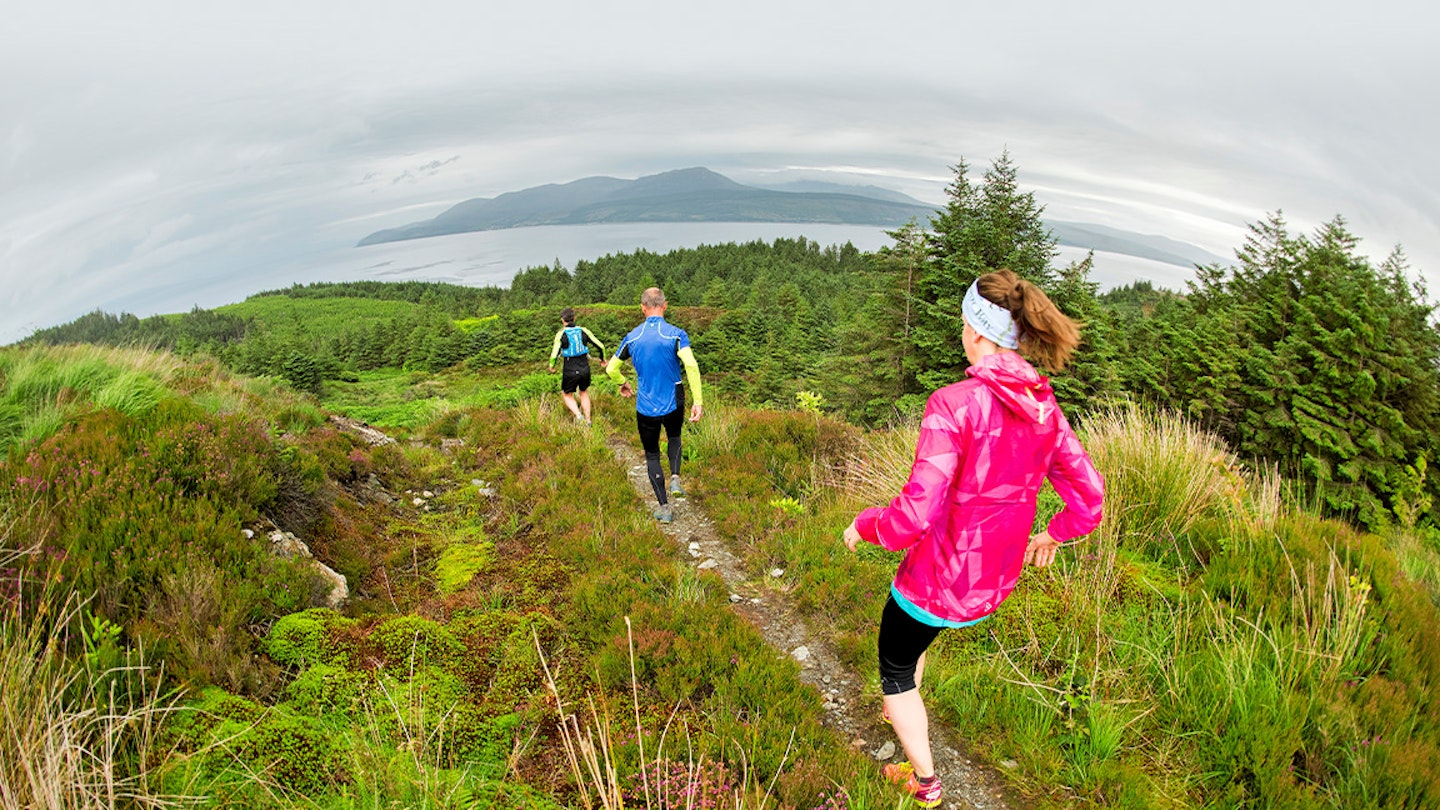
Generally speaking, you should always bow first if you’re running towards the south and pass a runner heading north. If you haven’t heard of this UK trail tradition, it’s a simple greeting like the classic "halo!" on Swiss trails or the infamous "Gut runst!" greeting on the German Rennsteig hike.
Basically, every trail runner is required to bow to one another, but the order is determined by direction. So, runners going from north to south always bow first, and runners heading up north always wait and then bow second.
East–west runners bow simultaneously and any runners who pass on a perpendicular angle are required to fight until one yields.
7. Don’t hog the relay pineapple
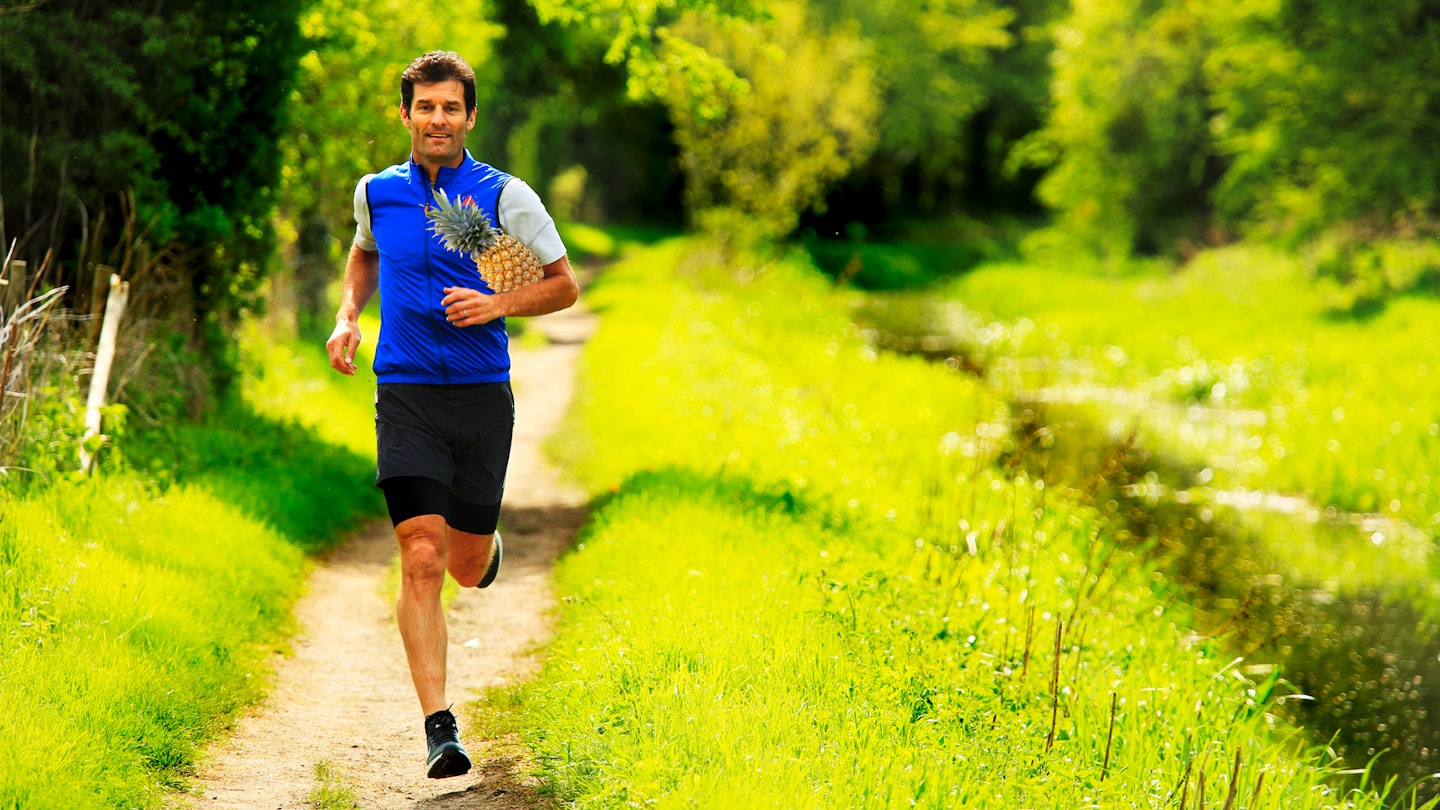
We’ve all been out on a run and seen a relay pineapple on the ground. It’s a fun and wholesome community game of 'see how far we can get this exotic fruit', but it does come with some lesser-known etiquette.
If you come across a pineapple on the trail, don’t just grab it and keep running – stop, photo it, then pick it up and only carry it with you for the next kilometre.
It’s tempting to take this lovely spiky ananas as far as you can, but don’t bogart the fruit fun, fella! Everybody deserves a chance to experience the magical moment of encountering a relay pineapple and taking it a little further.
To maximise community enjoyment (and, as a bonus, to maintain a consistency that allows later adjudicators to estimate the number of participants in this particular pineapple’s journey), stick to the 1km rule.
8. ‘You first.’ ‘No, you first.’

If you happen to meet a runner on the other side of a stile, then I’m sorry to tell you that you’re both now locked in a stile-mate.
This can be resolved in one of two ways. First, the classic 'you first'-off, where each combatant must insist that the other climb the stile first, going back and forth until one party runs out of breath. They are the loser.
If you’re both familiar with basic trail etiquette, then you may wish to expedite the process using a simple signal. Both runners tap their fist against an open flat palm while approaching the stile to signify their willingness to solve the stile-mate through a best-of-three showdown of rock, paper, scissors.
Winner gets to let the other runner cross first (politeness is the ultimate victory). Queensbury rules. No hits below the running belt.
9. The bee protocol

By now you should be well-versed in the basics, so let’s discuss advanced trail etiquette: bees. For optimal respect and recovery, serious runners tend to fill their knees with bees.
On an individual level, this helps achieve that 'post-run buzz' you might’ve heard about, but as it pertains to etiquette, any runner with knee bees must be deferred to in almost every instance.
So, ignore any stile etiquette, forget whether you’re going north or south, uphill or downhill – simply yield politely and allow any runner whose knees are bulging and humming to be on their way.
These runners are the societal elites, the crème de la crag, and deserve the utmost respect. Think of them as noble lords at an exclusive Victorian ball, or Roman generals at a great banquet, or people who can just shop in B&Q without having to ask what everything is.
10. Be aware, keep the trail flowing
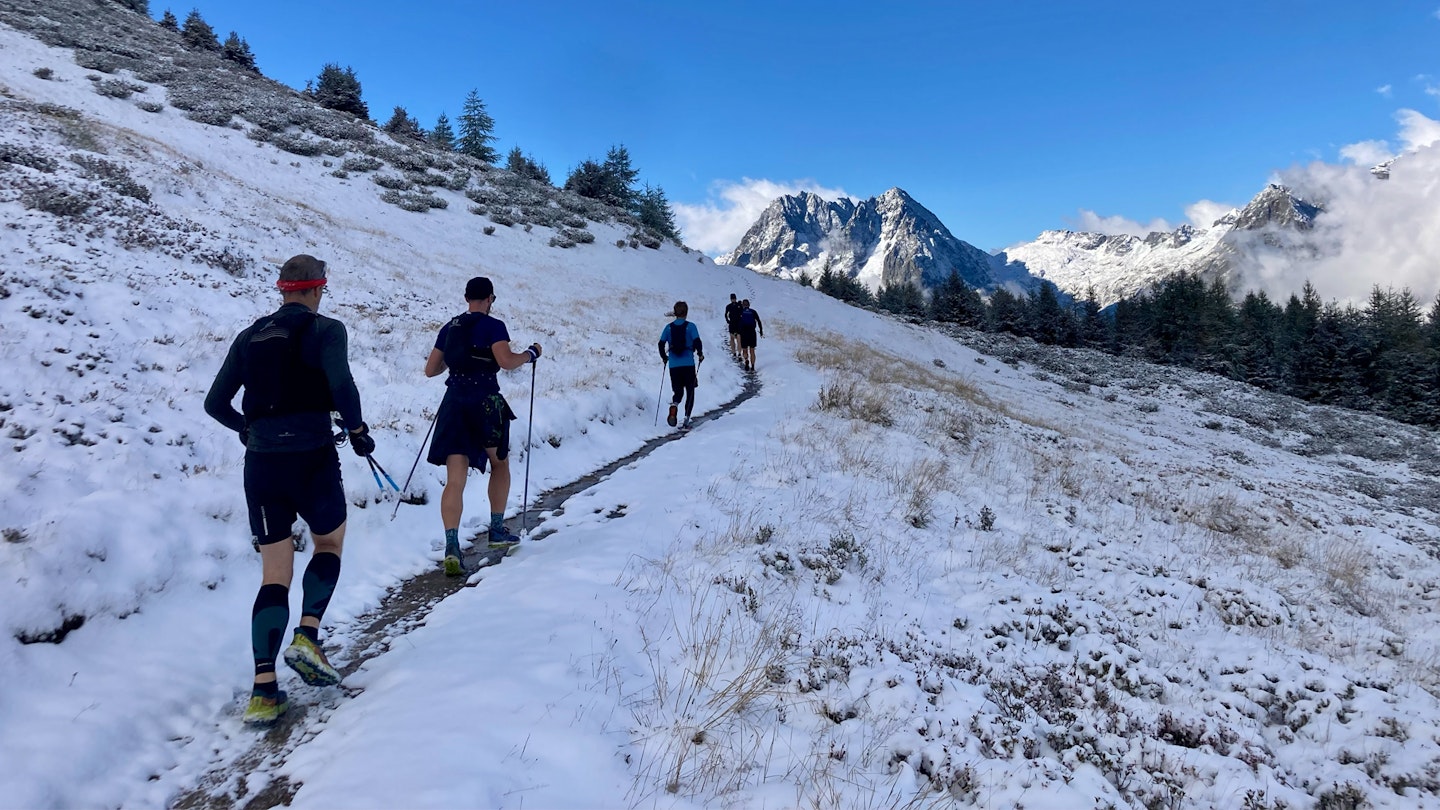
Bit of a simple but oft-foregone tip: get the heck off the trail if you’re stopping for anything. I understand that there’s a lot of admin on your average run: everyone occasionally needs to nip off for a wild wee, bend down to retie laces and adjust their bee compression sleeve, or present a snack to the Lichen Council.
We all get it. But even if it’s just a moment to catch your breath and drink some bouillon, take it off the trail, homie.
Dedicated trails – both at higher elevations and through simple woodlands or fields – are seriously important for the safety of all runners. They're cleared of overgrowth so that any debris or obstacles are visible and anticipatable.
Even an innocent-looking grass field is filled to the teeth with mole holes that are just waiting to twist and break the ankle of a runner who steps off-piste without slowing down.
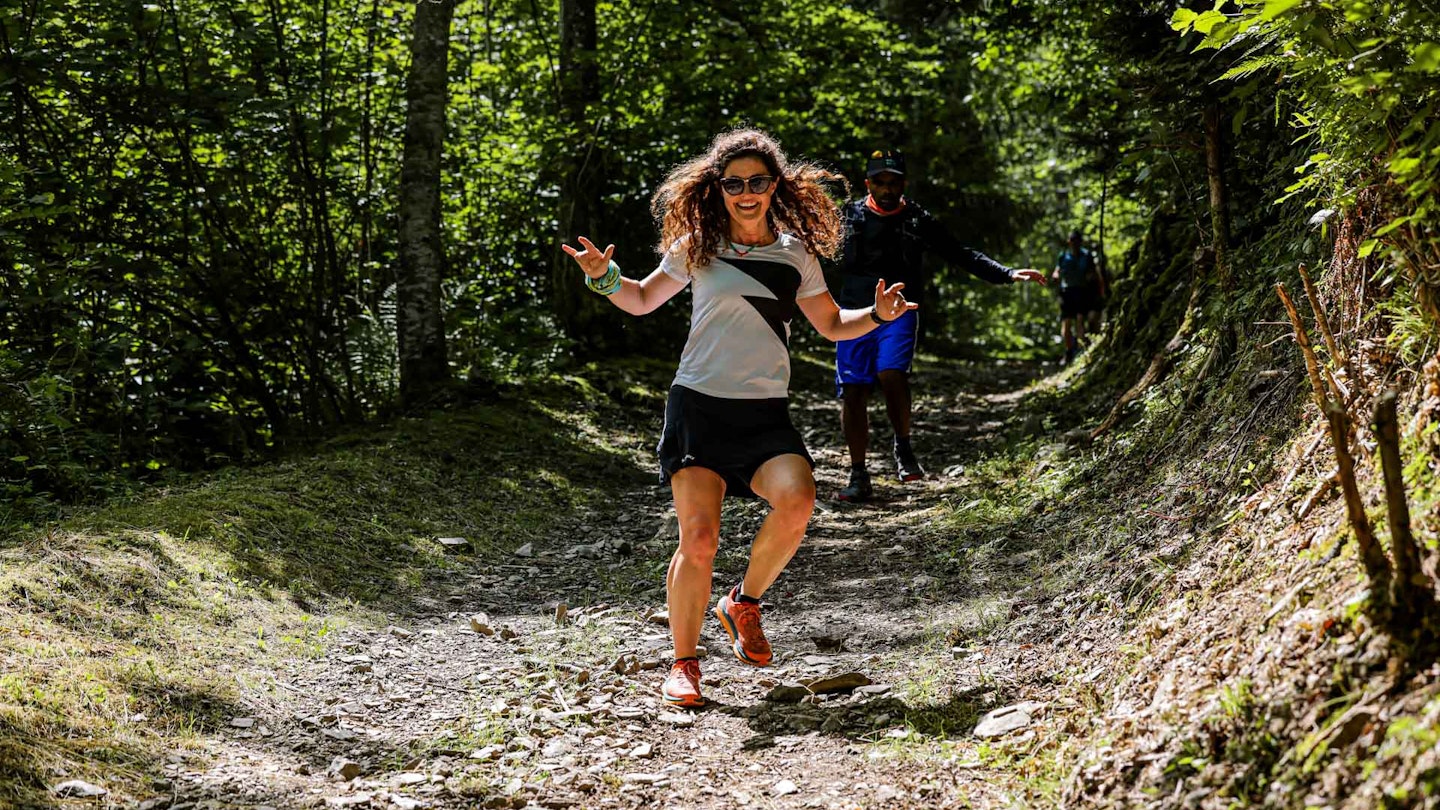
So, whatever you do, try and maintain a clean, safe path for anyone else on the trail – because true etiquette isn’t about hard-and-fast rules, it’s about vibes, moss and maintaining a system of mutual respect and understanding that we’re all just trying to get a bit lost in peace.
And there you have it. My top 10 tips for trail running etiquette. Follow these steps and you’ll be the most polite person at the parkrun. Or don't. Up to you. Feel free to ignore them and suffer the consequences.
There will be consequences.
Happy running, folks!
About the author
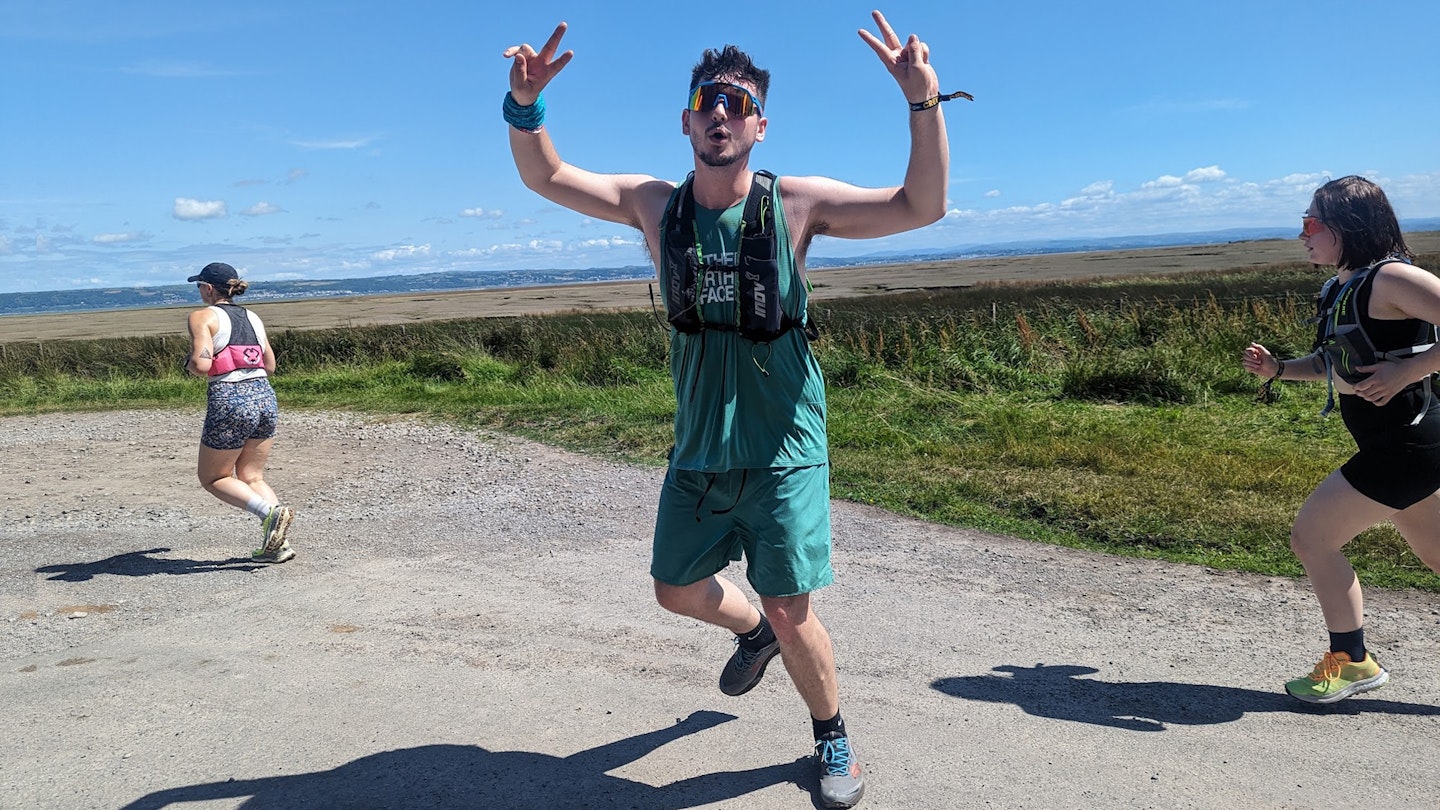
Milo Wilson is our trail running guru at LFTO, which is great because the rest of the team are too busy "writing articles" and "testing gear" to impart their practical wisdom. Milo has been a member of our team since 2023 and he's never slowed down.
He lives in the Surrey Hills and spends all his time away from the desk, destroying pairs of trail running shoes and exploring the local trails. You'll find him gambolling (responsibly) through the north downs most summers.
